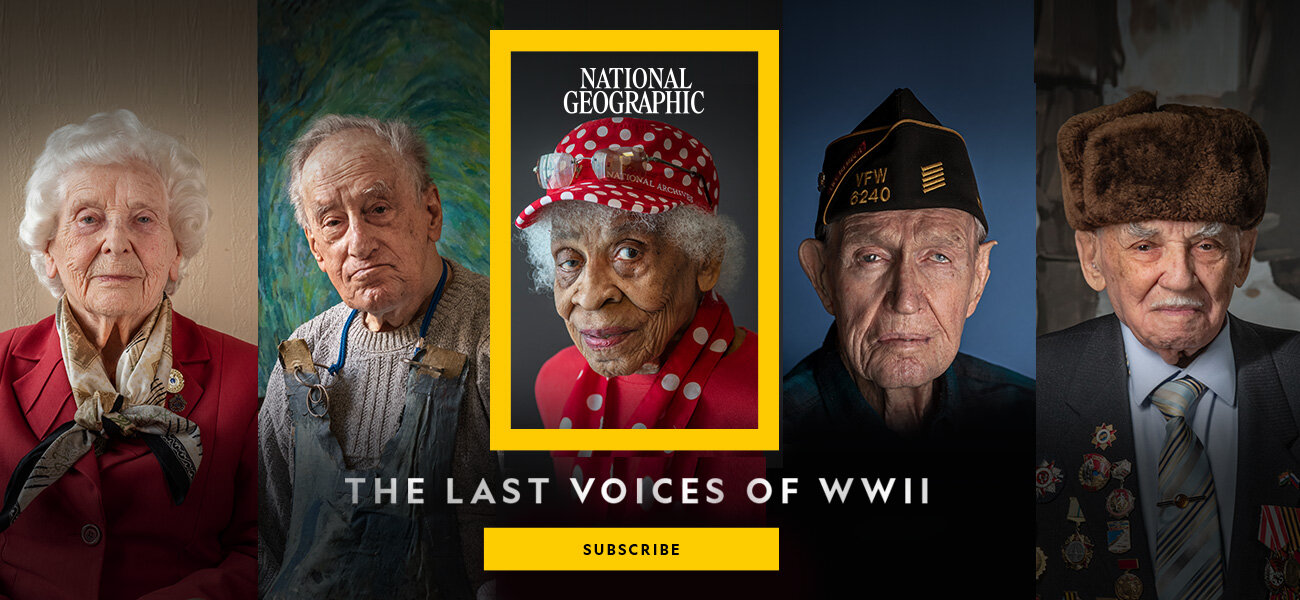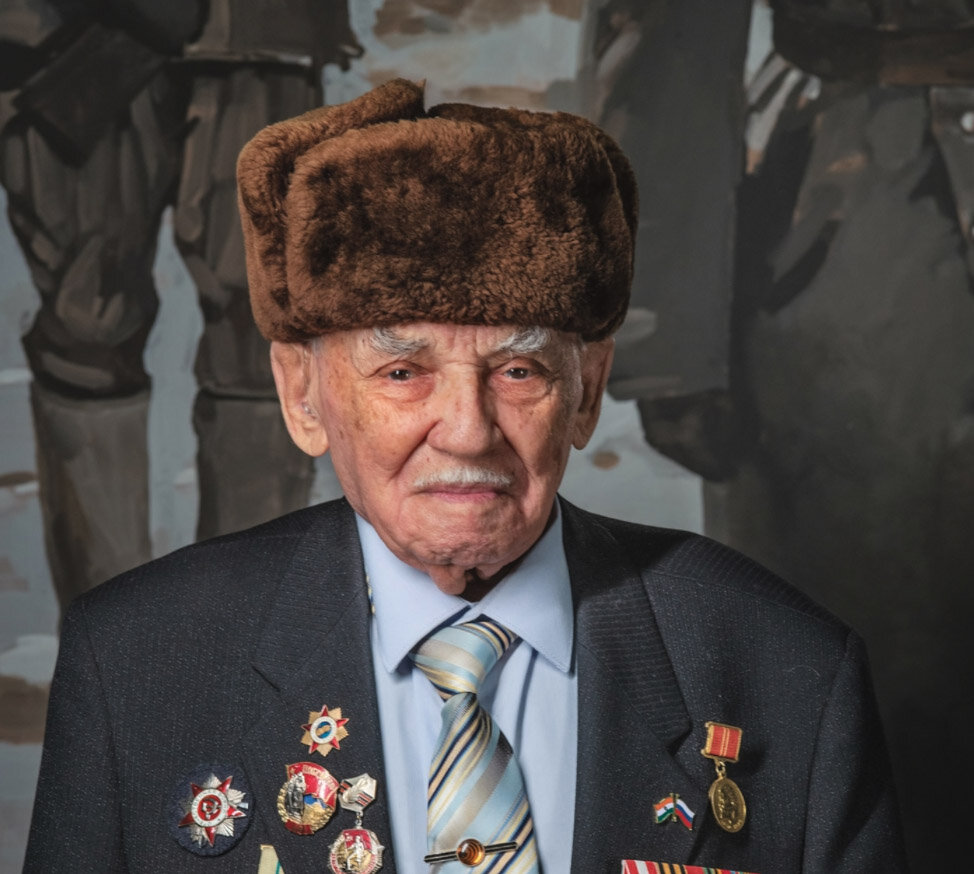The Last Voices of WWII
May 8 marks the anniversary of Victory in Europe, or V-E, Day. The National Geographic have interviewed remaining survivors to shine a light on the journeys of these brave men and women, and learn from their experiences. As the Greatest Generation fades and their stories pass into history, their remembrances are as poignant as ever. Read their stories.
The National Geographic, have been telling stories of the human journey since 1888, and their explorers are a diverse, international community of changemakers — who use the power of science, exploration, education, and storytelling to illuminate and protect the wonder of our world.
During World War II, everyone wore a hat and no one left home without one. The rules and etiquette of hat wearing were strict and followed by everyone.
Hats can be left on:
Outdoors,
On Public Transportation
In the Post Office or at an Airport
At Sporting Events
In an Elevator
All hats, including baseball caps must be removed:
When in a Home or Residence
During Mealtimes, (Regardless if it is a Private Home, Restaurant or Coffee shop)
Indoors at Work, (unless required for the job),
Inside Schools, a Library or Courthouse,
At a Movie or any Indoor Performance,
When the National Anthem is Played
Meet Lawrence Brooks of New Orleans, aged 110. He is the oldest known living U.S. veteran of World War II in America. Lawrence went to war against Hitler to fight against racist prejudice abroad while living and fighting in a segregated country. The U.S. army guaranteed equal treatment to black recruits, but this was not the reality. It was still Jim Crow America and Black soldiers were subject to discrimination. They were not allowed to handle weapons and were only given menial tasks. This was true of all of the U.S. armed forces during the war. These soldiers were fighting for the promise of the land of the free, rather than the reality of their America.
Read his story here
Meet Betty Webb, aged 97. One of the fantastic code breakers at Bletchley Park, an English country house and estate that became the principal Allied code-breaking center during World War II. Experts believed the intelligence produced there shortened the war by two to four years. Women constituted roughly 75% of the workforce. As their wartime operations were classified, they could not discuss their duties with anyone, including husbands, parents, or children, until the mid-1970s. The team at Bletchley Park devised automatic machinery to help with decryption, culminating in the development of Colossus, the world's first programmable digital electronic computer. Read her story here
To truly experience what it was like to live and work at Bletchley Park, check out this amazing book by Kate Quinn.
The Rosie the Riveter we can do it poster became a cultural icon of World War II, representing the women who worked in factories and shipyards. Women quickly responded to Rosie the Riveter, who convinced them that they had a patriotic duty to enter the workforce. What unified the experiences of these women was that they proved to themselves (and the country) that they could do a "man's job" and could do it well.
Five real life Rosie the Riveter’s share their wisdom for navigating challenging times here.
For good or ill, World War II changed the lives of everyone. After the war ended, long-established class and hierarchical systems were forever changed. While the war had altered everyone’s perception, and nothing remained the same, many clung to the old ways and actively resisted change. It took two decades of activism to enact the civil rights bill of 1964 and another decade before activism began in earnest for the Equal Rights Amendment (ERA), which would invalidate many state and federal laws that discriminate against women. It is unbelievable to learn that the ERA’s underlying principle that sex should not determine the legal rights of men or women was not ratified until 2020!
On the morning of August 6, 1945, the first atomic bomb was dropped over the Japanese city of Hiroshima. Three days later, on August 9, another atomic bomb was dropped over Nagasaki. The attack destroyed both cities, killed an estimated 250,000 people and put an end to the war. The survivors tell their stories.
One of the survivors Masaaki Tanabe became a filmmaker and studied computer graphics so he could construct a cyber version of the city that the bomb had erased. The result: Message From Hiroshima, revisits the personal experiences of a hibakusha, the Japanese word for “atomic bomb survivor”. The film that includes heartwrenching interviews with survivors and recreations of the city any the lost way of life. The English version is narrated by George Takei and can be watched on Amazon.
Yevsei Rudinsky, aged 98 was a student and gymnast, when he was sent to a recruitment station and was told the country needed 100,000 pilots. “I didn’t dream of aviation, but I really liked to study,” Drawn to charts and astronomy, he trained to become a navigator in Russia’s far north, where polar pilots taught their inexperienced charges to orient in treacherous weather without reliable maps.
His baptism into combat came in the skies above Kursk, scene of the war’s biggest tank battle. “I flew a dive bomber, Petlyakov PE-2. We lovingly called it Peshka,” meaning a chess pawn. He recalls fear only after landing. “When you see how many holes you have in your plane, or how the Messerschmitts attacked you, then you start to feel.” He adds: “If you feel nothing, you’re not human. And in the end we’re all human.
Read more stories here.
The National Geographic’s work recording and telling the stories of these individuals is invaluable. Please support their work by subscribing here.











Meet Nadia Valavanis, founder and creator of BSVII ( BS- seven), who fuses her love of psychology and craftsmanship to turn her customer’s stories into stunning creations.